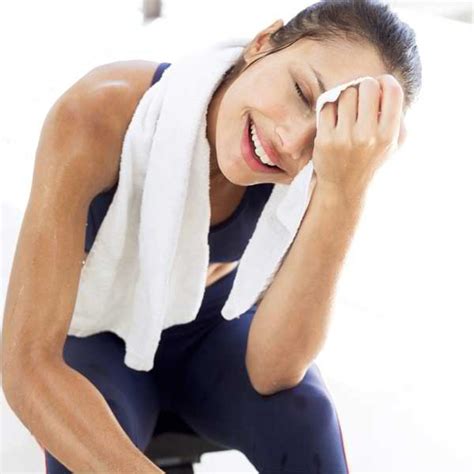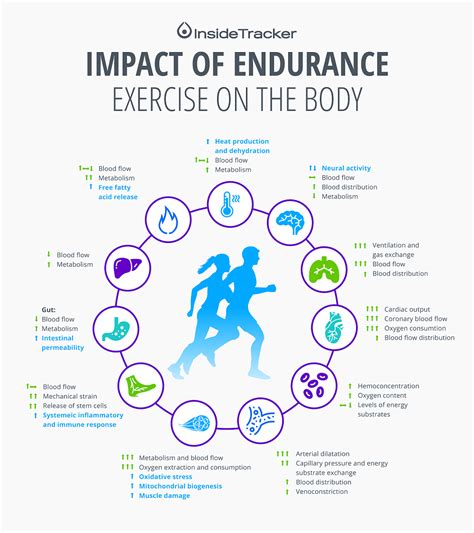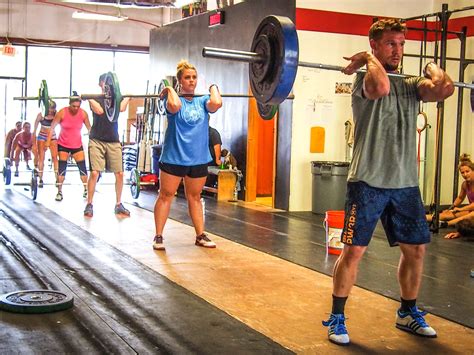What activewear fabric technology optimizes peak workout performance?

The Science Behind Peak Performance Activewear
In the pursuit of peak athletic performance, every detail matters—and that includes what you wear. Modern activewear is far more than just comfortable clothing; it’s a sophisticated interplay of fabric technologies designed to support, protect, and enhance the body’s natural capabilities during strenuous activity. From regulating temperature to boosting recovery, these innovations are crucial for unlocking an athlete’s full potential.
The right activewear can mean the difference between a good workout and a great one, minimizing distractions and maximizing efficiency. Let’s delve into the specific fabric technologies that are revolutionizing how we train and perform.

Moisture-Wicking: Staying Dry and Comfortable
Perhaps the most foundational and widely appreciated activewear technology is moisture-wicking. This innovation is paramount for maintaining comfort and preventing the performance-sapping effects of excessive sweat. Fabrics engineered with moisture-wicking properties, typically made from synthetic fibers like polyester, nylon, or blends, are designed with a capillary action that draws sweat away from the skin’s surface to the outer layer of the fabric. Once there, the moisture evaporates quickly, keeping the wearer dry and comfortable.
The benefit isn’t just about comfort; a dry environment helps regulate body temperature, preventing both overheating and post-workout chills. This reduces skin irritation and chafing, allowing athletes to focus entirely on their movement without discomfort.
Compression Technology: Support and Recovery
Compression activewear has become a staple for many athletes, known for its snug fit and targeted pressure. These garments, often made from a blend of polyester or nylon and spandex, apply graduated pressure to muscles, offering a range of performance-enhancing benefits. Compression improves blood circulation, which helps deliver oxygen to working muscles more efficiently and aids in the removal of metabolic byproducts like lactic acid.
Furthermore, compression stabilizes muscles, reducing vibration and oscillation during high-impact activities. This can decrease muscle fatigue, minimize the risk of injury, and even speed up post-exercise recovery by reducing muscle soreness. Athletes often report feeling more powerful and supported while wearing compression gear.

Temperature Regulation: Hot or Cold, Stay Optimized
Effective temperature management is critical for sustaining peak performance, regardless of environmental conditions. Activewear fabrics are now designed with advanced thermal regulation properties. For colder climates, fabrics with insulating layers trap body heat while remaining breathable, preventing overheating during activity and maintaining warmth during less intense periods. These often incorporate fleece linings or unique fiber structures.
Conversely, for hot environments, cooling technologies are essential. These fabrics might include specific weaves that enhance airflow, incorporate advanced heat-dissipating fibers, or feature treatments that create a cooling sensation upon contact with sweat. By actively managing body temperature, these technologies help prevent heat stress and allow athletes to perform longer and more effectively.
Stretch, Durability, and Anti-Odor Innovation
Beyond moisture and temperature, other fabric technologies play a crucial role. Four-way stretch fabrics, typically containing spandex or elastane, provide unrestricted movement, allowing athletes a full range of motion without feeling constrained. Durability is also key, with robust weaves and abrasion-resistant materials ensuring garments withstand rigorous training and frequent washing.
Moreover, anti-odor and antimicrobial technologies are gaining traction. These involve incorporating silver ions or other treatments directly into the fabric fibers, which inhibit the growth of odor-causing bacteria. This not only keeps the activewear fresher for longer but also contributes to better hygiene, making it a valuable feature for extended workouts or travel.

The Synergy of Innovation
The true power of modern activewear lies in the synergistic combination of these technologies. A single garment might feature a moisture-wicking outer layer, a breathable compression core, and antimicrobial properties, all while offering four-way stretch. Manufacturers continually research and develop new blends and construction methods to optimize these various functions, pushing the boundaries of what activewear can achieve.
These advanced fabric constructions are often lightweight, seamless, and ergonomically designed to fit the body like a second skin, further minimizing chafing and maximizing comfort. The constant evolution in material science ensures that athletes have access to the most effective gear possible.

Conclusion: Elevating Your Workout Experience
Activewear fabric technology is a dynamic field that continually strives to empower athletes to achieve their best. By focusing on moisture management, muscle support, temperature regulation, and overall garment integrity, these innovations transform simple clothing into high-performance tools. Investing in activewear with these advanced fabric technologies isn’t just a luxury; it’s a strategic choice for anyone serious about optimizing their comfort, performance, and recovery during every workout.
As materials science continues to advance, we can expect even more sophisticated solutions that will further blur the line between apparel and athletic equipment, driving future generations of athletes to new heights.









